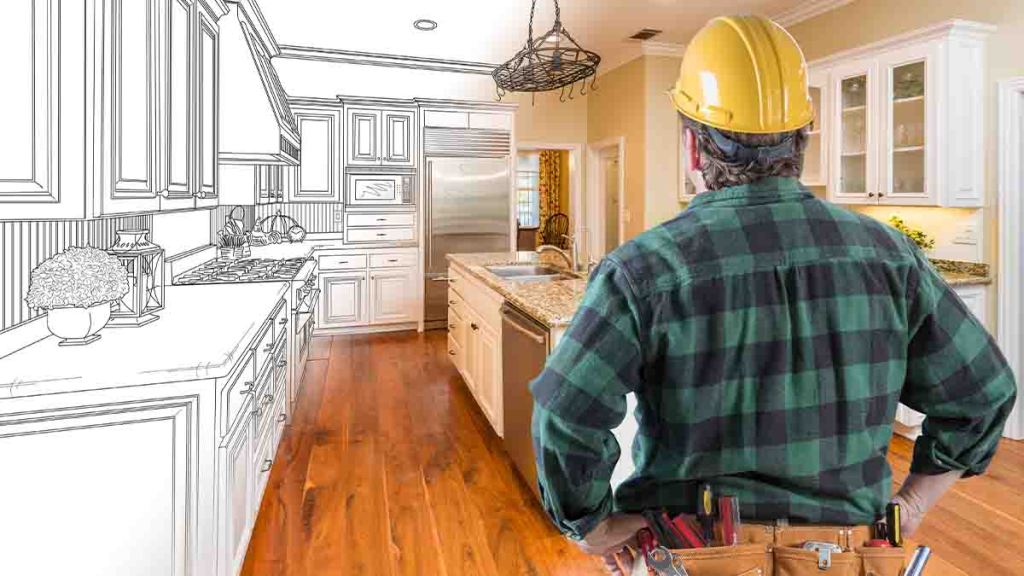When it comes to housing starts, homebuilders are back on a rollercoaster ride. After pulling back at the start of the year, homebuilders jumped back in during February before pulling back again in March.
Homes were started at an estimated annual pace of 1.42 million in March, down 0.8% month over month, according to a report released Tuesday by the U.S. Census Bureau and the U.S. Department of Housing and Urban Development (HUD).
Despite the slight monthly decrease, housing starts are down just 17.2% year over year as of March, compared to an 18.4% annual drop in February.
This monthly decrease is mainly thanks to a 6.7% month-over-month drop in multifamily housing starts, which fell to a rate of 542,000. However, this rate still represents a 6.1% annual increase.
“Construction of homes in buildings with five or more units, which generally is going to include apartment buildings, has been running at a faster pace than last year,” Lisa Sturtevant, Bright MLS’ chief economist, said in a statement. “We have already seen rent growth begin to moderate as a result of a boom in new apartment construction in many markets, and these new construction figures could mean rents are set to come down further in the months ahead.”
Unlike multifamily housing starts, single-family starts were up 2.7% month over month to a pace of 861,000. But despite this increase, single-family starts were still down 27.7% year over year.
“Builder confidence overall has been rising every month in 2023, but confidence that prospective buyers will return is still low, possibly a cause of lower home construction activity,” Nicole Bachaud, Zillow’s chief economist, said in a statement. “But with home prices beginning to spring up once again, it’s clear that buyers are still jumping in where interest rates and creative financing will allow for affordable opportunities.”
Like the number of housing starts, the number of housing completions were also down month over month compared to February, falling 0.6% to a pace of 1.542 million, as the pace of multifamily completions dropped 7.1% to 484,000.
Single-family completions, meanwhile, were up 2.4% to a pace of 1.05 million. On a yearly basis, overall completions were up 12.9%, as the multifamily sector posted a 59.7% annual increase, while the single-family sector recorded a 0.2% year-over-year decrease.
“While new projects might be getting a slow start, housing completions, especially single-family homes, are up as new inventory is continuously moving through the construction pipeline,” Bachaud said. “This refresh to housing inventory is great for buyers who are facing the spring shopping season, giving more opportunities in a time where inventory is still tight. As prices continue their seasonal rebound, builders should respond with increased construction activity throughout the rest of the spring.”
Looking ahead, housing starts appear to be on a bit of a rocky road, with the overall number of building permits issued falling 8.8% to a pace of 1.413 million, a 24.8% annual decline. However, there was a 4.1% monthly increase to the number of single-family permits issued, with a pace of 818,000. The multifamily sector, on the other hand, recorded a 24.3% monthly decrease.
“Single-family permits are a leading indicator of future starts, which leads to more groundbreaking on new homes and more single-family completions, ultimately adding net new supply to the housing stock. Good news for a supply-starved market,” Odeta Kushi, First American’s deputy chief economist, said in a statement. “While builders still face several supply-side issues, in addition to a volatile mortgage rate environment, there is reason for cautious optimism. Notably, builders are responding to the recent decline in mortgage rates and the persistent lack of existing-home inventory.”
Regionally, housing starts were up month over month in the South (6.8%) and the Northeast (72.4%) but were down 28.1% in the West and 23.6% in the Midwest.
On a yearly basis, homebuilders’ housing starts were down in the Northeast (14.2%), the Midwest (44.4%) and the West (38.6%), while the South posted a 0.2% annual increase.





